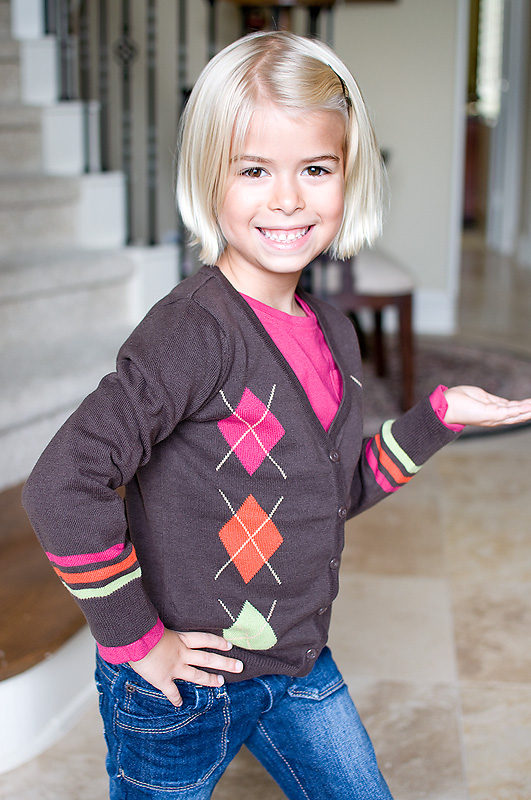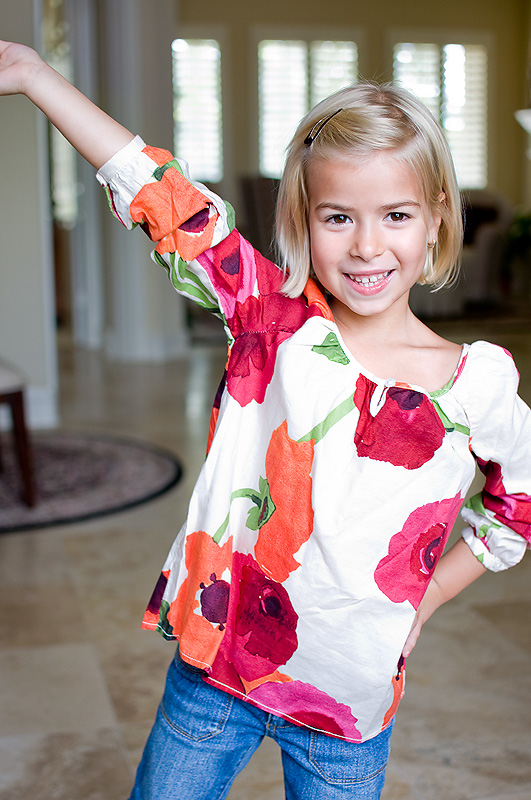School Courtyard
May 27, 2010 7:53 am
Nikon D90, 50mm 1.8 - shot in RAW
Manual, No Flash, ISO 200, SS 1/500, f/2.8
AF-S, Spot Metering
Someday, it may be immediately after purchasing your first DSLR, or maybe it will be years later (perhaps after you purchase your second DSLR) you may decide you want to take your photographer further.
When you may that decision, you'll soon find yourself caught up in the exposure triangle, photo editing software and the choice to change from capturing images as JPEGs to capturing them in RAW.
So what the heck is RAW and why should you choose to capture images in this format?
I'll get to that in a minute. For me, the benefits of RAW aren't as easy to understand if you don't know about dynamic range and color space.
First, there is visible dynamic range, the whole range (gamut) of the color space that our eyes can detect.

And you know how after you take a picture of a landscape and have it printed, you may find yourself thinking "it just looked so much better in real life". Well, part of that may be due to the fact that devices able display or print the entire visible color space are, as of yet, an unrealized engineering feat.
So your eye sees a miraculous ranges of hues, your camera is only capable of capturing a portion (pretty big, but not all encompassing) range of hues and then the output device (website or print) is capable of displaying an even smaller portion of that color range. Websites actually display the smallest range of color, which are the hues represented within the white triangle of the above graphic (sRGB).
People have written books about color space, and it can terribly confusing to learn about 16-bit vs 8-bit, ProPhoto vs. RGB vs. sRGB. Suffice it to say, you need to understand the limitations of where your photos will be outputted (displayed or printed) so that they look their best.
So what does all that have to do with making the decision to capture an image in RAW vs. JPEG?
When you capture an image in RAW your camera simply captures the scene and records a file. But what you see on the camera LCD is a JPEG version, not the RAW version, so don't be shocked when you open a RAW file in the beginning and it doesn't look like it did on the LCD.
When you capture an image in JPEG your camera is limited by the the camera's dynamic range ability, is applies any in-camera settings (perhaps you have selected a picture control setting), then the image is further reduced to a reproducible dynamic range (RGB or sRGB), and the photo quality is compressed based on your settings (Fine, Large, Med, etc), and finally it records a file (all in the blink of an eye).
This JPEG format makes things pretty easy because all the images that come off your card are ready to use (if you use sRGB) on the web or send to be printed, but because you've compressed data and truncated the highlights and shadows to get to the reproducible dynamic range, you've lost a bit of the photo and your ability to edit your photos is limited.
That's where the beauty of RAW occurs, you have the full camera dynamic range to work with - you get to choose what data (if any) gets truncated, and a whole smorgasbord of other editing choices depending on your RAW converter of choice (Picassa, Photoshop Elements, Photoshop, Lightroom, etc). RAW files are about twice the size of JPEG files so there really is more data to work with.
But, in a pinch and without access to a computer that has any sort of editing software available your DSLR can convert your RAW files, and allow you to do some edits along the way. This allows you to still retain the advantage of RAW files for edits later on, but also allows you to quickly share a file if needed (You could shoot RAW + JPEG, and get both at the same time, but it fills up your memory card just that much faster and you probably don't need a JPEG of every file, plus the retouch menu allows you to fix some stuff that you wouldn't get on an instant conversion to JPEG, (but that you could apply to JPEGs you've already taken)).
For RAW conversion you have the ability to set the picture quality & size, white balance and exposure compensation, and apply a picture control (standard, neutral, vivid, portrait or landscape).
 post-processing
post-processing
 |  |  |  |
| SOOC | Custom WB
(my preference) | In Camera WB edit | WB dropper |
As this was my first trip through this process and a bit of an experiment, I simply selected the quality & size I needed and then flipped through the WB menu, selecting Shade as the best match for the location we were in. I could have fiddled further with a custom Kelvin setting, but Shade looked good on the back of my LCD, so I went with it and was able to send the photo right away. After loading the image into ACR to prepare for this post, I found that I preferred a slightly cooler setting. Using the white balance dropper, ACR selected an even warmer WB which was much too warm for my taste.
My Nikon D90 has additional retouching features, that I may have to try out when I'm away from home this summer.
- D-Lighting for brightening up shadows
- Red Eye Correction
- Trim (in camera cropping)
- Monochrome (convert to BW or sepia)
- Filter Effects (warm up, cool down, intensify blues, greens, reds)
- Color Balance (adjust amounts of blue, amber, green & magenta)
- Small Picture (save for TV, web, e-mail)
- Image Overlay (combines two RAW files)
- Straighten (good for beach shots, so that your horizon isn't tilted)
- Distortion Control
- Fisheye (make your photo look like you had a fisheye lens)







































